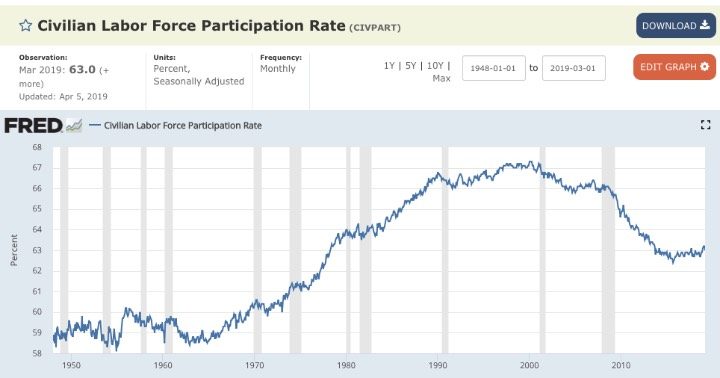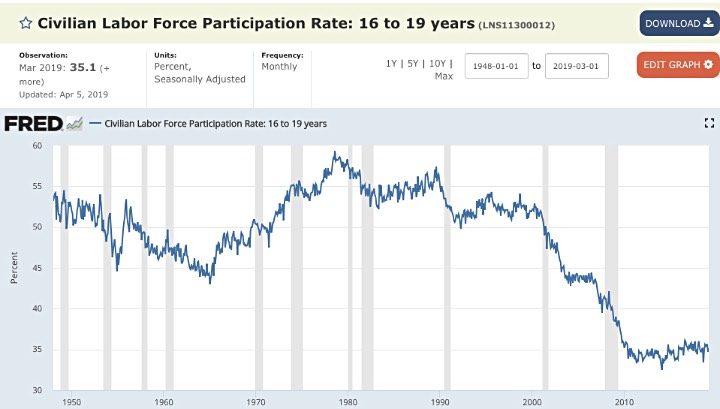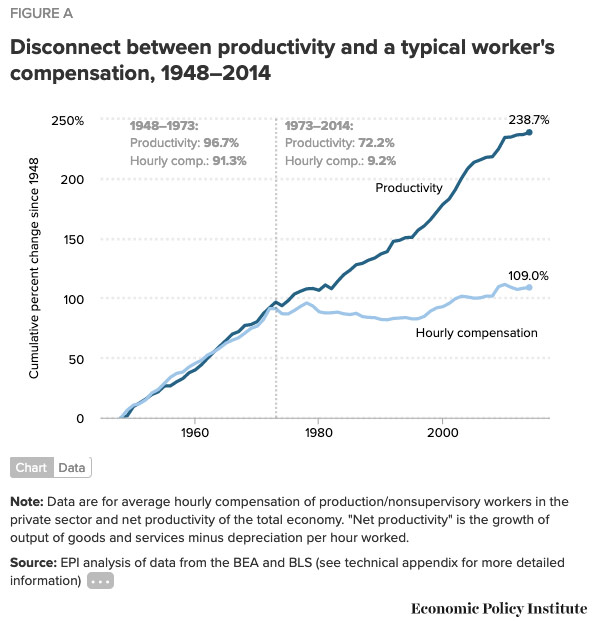I’ve been writing mostly about Pagosa Springs in this editorial series — my little community, with its own little struggles. Over-priced housing. Low wages. Lack of resources. Inexperienced leadership. But there’s a Big World out there, and it plays a Big role in determining how we live, day by day, here in rural southern Colorado.
So, we’ll mention a few aspects of the Big Picture.
When I was born, in 1952, Pagosa Springs was barely a fly-speck on the map of Colorado. The boys who had served in World War II had come back home and taken jobs at the sawmills, or on ranches herding cattle, or tending sheep in the San Juan Mountains. Or maybe teaching school, or running a road grader.
The American homeland had come through the war relatively untouched. Unlike Europe, North Africa, Russia, Japan, China and the rest of East Asia — where up to 40 percent of the major cities were bombed into rubble, and where perhaps 80 million civilians and military had died of war or starvation or genocide — America came out of World War II with no civilian deaths to speak of, no destroyed cities, and with a well-oiled military-industrial complex ready and willing to insure that American political and corporate values could be enforced around the globe.
That’s the world I was born into. An ascendant America, in a world where many other developed, industrial nations had been bombed back into the Stone Age.
Back in 1952, American women were, by and large, expected to be homemakers, and didn’t much participate in the labor force. You can see that lack of participation illustrated in this Civilian Labor Force Participation Rate graph, created by the Federal Reserve Banks of St. Louis:

Between 1948 and about 1966, the Participation Rate of adult Americans in the labor force remained at around 59-60 percent.
By 1975, the rate had inched up to about 61 percent. Women were leaving the kitchen and becoming secretaries, nurses, bookkeepers, teachers, cashiers. This was about the time when America’s economic productivity began to diverge from wage growth.
Here’s a chart I’m shared before:
What we see here (using inflation-adjusted dollars) is that, from 1948 until about 1972, the increases in wages (for private sector, non-supervisory workers) tracked closely with our steadily increasing national productivity. The chart was created by Lawrence Mishel, president of the Economic Policy Institute. He offers an analysis of what we are seeing.
From 1948 through 1973, the hourly compensation of a typical worker grew in tandem with productivity. That can be seen in Figure A [above], which presents both the cumulative growth in productivity per hour worked of the total economy (inclusive of the private sector, government, and nonprofit sector) since 1948 and the cumulative growth in inflation-adjusted hourly compensation for private-sector production, nonsupervisory workers (a group comprising over 80 percent of payroll employment).
After 1973, productivity grew strongly, especially after 1995 — while for the average worker‚ compensation was relatively stagnant.
Following World War II, America as a whole, in all class levels, experienced unprecedented prosperity. After 1973, however, productivity (dark blue line) continued to improve steadily — while the real growth of workers’ compensation (light blue line) stayed essentially flat.
This divergence of pay and productivity has meant that the working class, in general, has not been benefiting from the growth in America’s productivity. The American economy could seemingly afford higher wages, but it has not been providing them to the average worker. As a result, American families increasingly needed two jobs — two working parents — to maintain their standard of living.
But beginning in about 2001, something rather different began to happen:

The Participation Rate of adults in the job market hit a high point of 67.3 in March 2000, and then began to decline, falling to a low point of 62.5 in October 2015, where it’s remained pretty much ever since. We’d been through recessions many times in the past 70 years, (marked with the gray bars) but never had we seen this marked drop in the percentage of adults looking for work.
And that’s what I’m talking about. People have stopped looking for work, have stopped participating in the labor force.
Especially, young people have stopped participating. Here’s another Federal Reserve graph, showing the Participation Rate for young people age 16-19.

The high point was in 1978, when nearly 60 percent of our young adults were participating in the American economy as workers. The rate, last month, was 35 percent.
Many factors have combined to bring about this strange ‘non-participant’ situation. We can start with the retirement of the Baby Boomer generation. We can point to the increasing mechanization of industry and agriculture, and the numerous corporations that have moved their operations to Third World countries. We can cite a massive opioid addiction problem. We can mention the growing rate of chronic illnesses that prevent people from doing productive work. And many people, once employed, have skills no longer needed in the marketplace.
We have millions more who are not contributing directly to the nation’s Gross Domestic Product. 16 million college students. 2 million men and women incarcerated in jails and prisons. 1.3 million serving in the military.
All of these factors are helping to drain wealth out of the American economy. But somehow, the rich are getting richer by the minute. I came an interesting graph in the Washington Post, from December 2017:

Apparently, the top 1 percent of American society controls 40% of the nation’s wealth. The bottom 90 percent — that’s 90 percent — own about 20% of our collective wealth. A significant change since 1962.
A significant portion of our potential workforce has dropped out of the productive economy; many are living off their parents.
The Baby Boomers, blessed by being born in a nation that was making the rules and enforcing them globally, have now slipped into retirement, comfortably supported by barely-solvent pension plans that increasingly drain our education system salaries, our public employee salaries, our corporate salaries.
And then, we have China.

